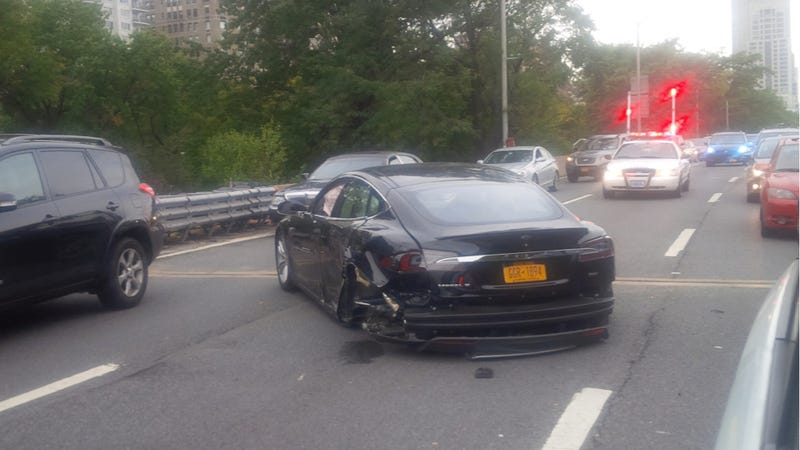YesDo you have a credible source stating they are extruded? Their shape does not look like something which would be created by an extrusion process, which is basically stretching and forming.
2012 Tesla Model S Signature Performance Suspension Walkaround
This closer look shows a couple things. First, the toe link (red) and the upper link (yellow) are the only two links visible topside, which means the lone upper link is strictly a camber link. Second, both are made from aluminum extrusions that have been sliced to the desired thickness like so much Play-Doh or deli meat.
Also if you look carefully you can see the marks of the extrusion die.



